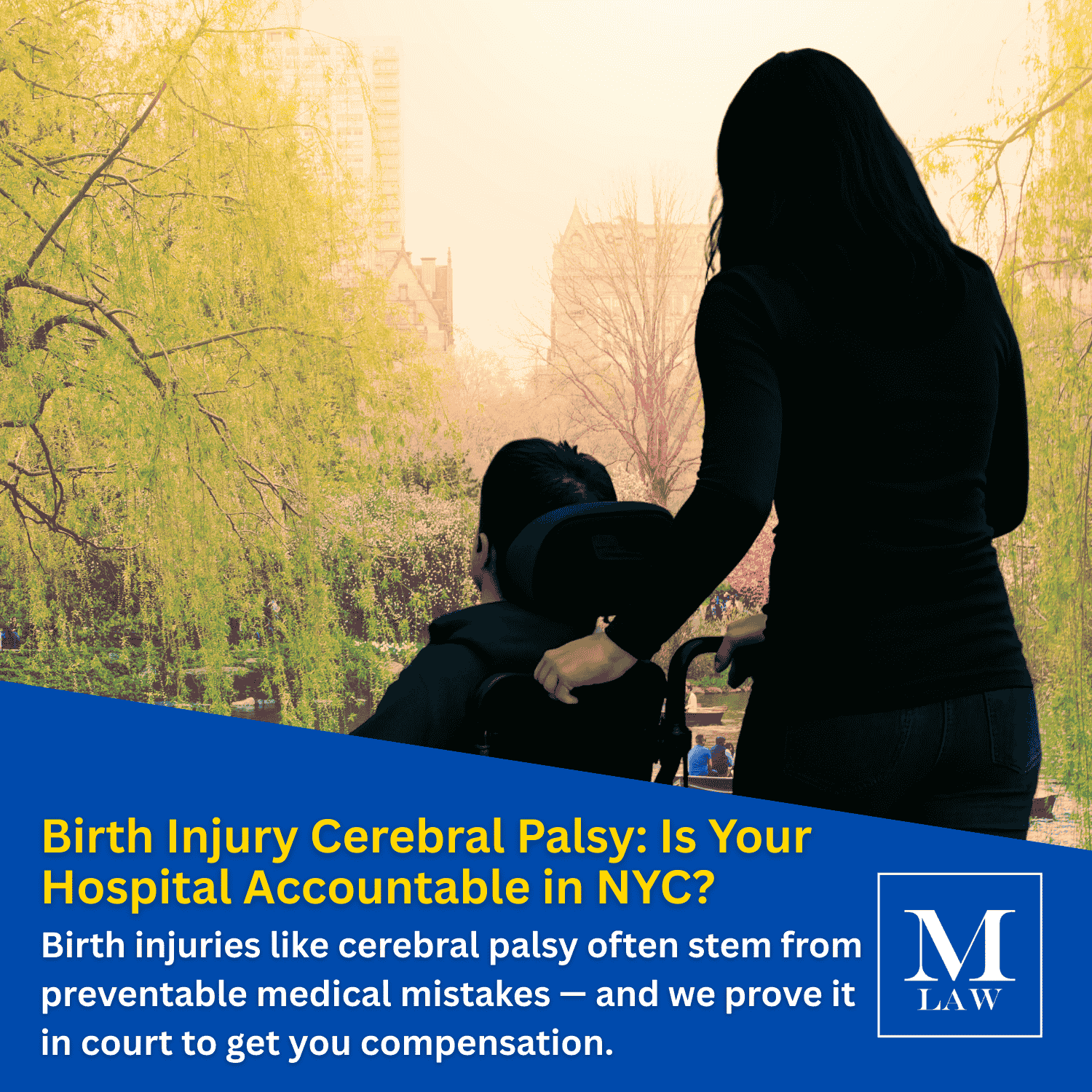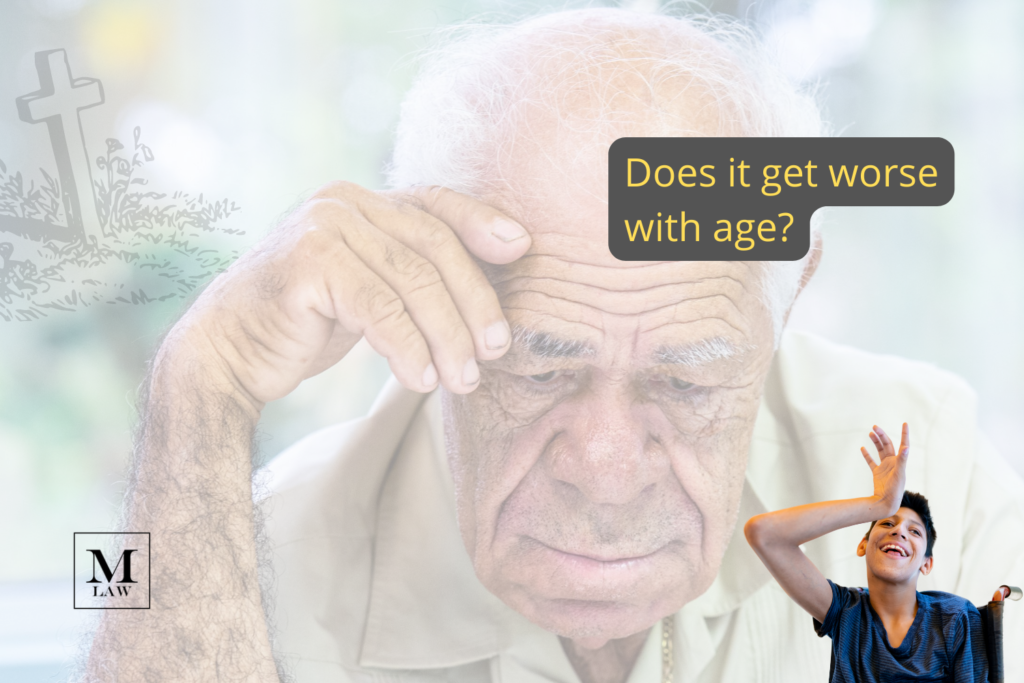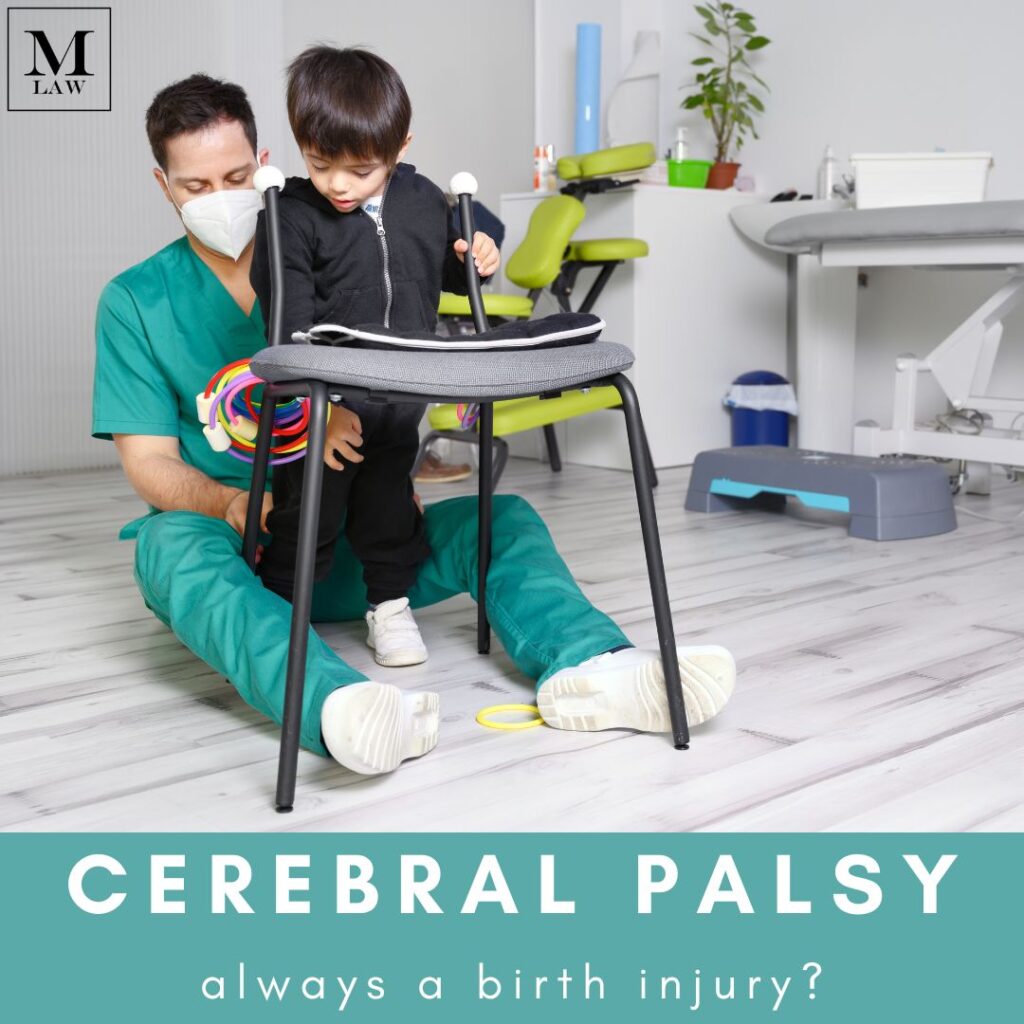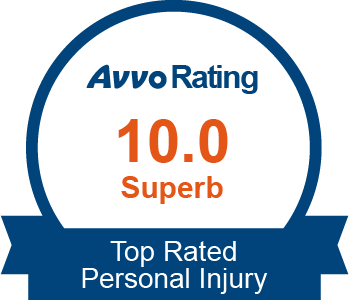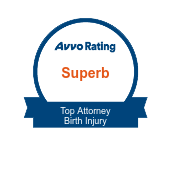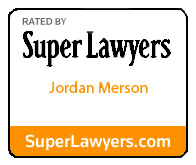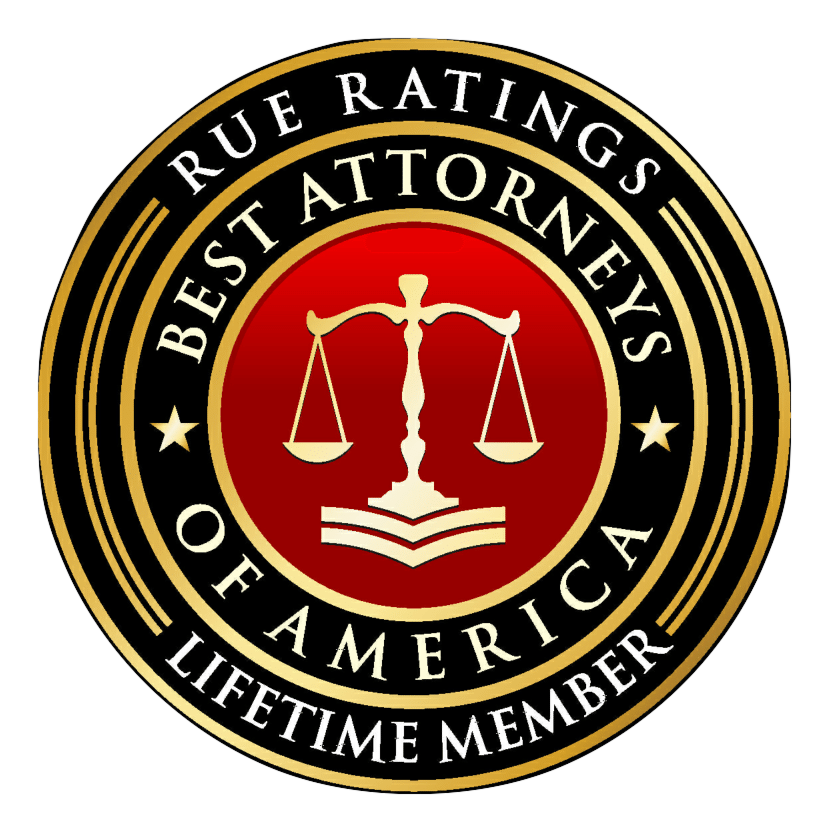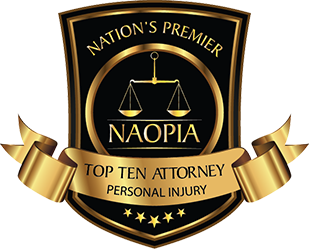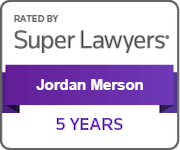Merson Law is one of the most experienced, successful and trusted cerebral palsy lawyers in NYC, we help families pursue justice and secure the long-term care their children deserve. If your child was diagnosed with cerebral palsy caused by medical negligence, Merson Law is ready to fight for your family.
$225 Million
13.38 Million
$8 Million
$320 Million
$7.3 Million
$11.3 Million
$200 Million
$17.5 Million
$6.25 Million
$8 Million
$14 Million
$28 Million
$100 million
$10 Million
$6.5 Million
$28.5 Million
What Causes Cerebral Palsy in Newborns?
Cerebral palsy (CP) is a lifelong neurological disorder that affects a child’s movement, muscle tone, posture, and coordination. It can range from mild motor skill delays to severe physical disabilities that require round-the-clock care.
In many cases, cerebral palsy is the result of brain damage that occurs during critical stages of pregnancy, labor, or delivery. This damage can happen before birth (prenatal), during birth (perinatal), or shortly after birth (postnatal).
Preventable causes of cerebral palsy at birth:
While some causes are unpreventable, others are directly linked to medical malpractice—including:
- Failure to monitor fetal heart rate
- Delayed response to signs of distress
- Improper use of delivery instruments like forceps or vacuums
- Failure to perform a timely C-section
- Oxygen deprivation during birth (hypoxia or asphyxia)
When doctors, nurses, or hospitals make preventable mistakes during childbirth, the consequences can be devastating—and families have the right to seek justice through a cerebral palsy malpractice lawsuit.
Why Choose Merson Law?
At Merson Law, we are one of the few NYC law firms with a dedicated focus on cerebral palsy birth injury cases. Our founding partner, Jordan Merson, has recovered millions for families of children harmed by medical negligence.
Our legal team is trauma-informed, meaning we handle each case with empathy, sensitivity, and unwavering dedication.
We understand how to prove fault, build a compelling case, and pursue the maximum compensation available under New York law.
✔ Decades of experience in medical malpractice litigation
✔ A trauma-informed team that supports you with care and respect
✔ Access to top pediatric neurologists, OB-GYNs, and life care experts
✔ A history of holding NYC’s largest hospitals accountable
Proven Advocates in Complex Birth Injury Cases
At Merson Law, we have built a reputation as one of New York City’s most trusted law firms for birth injury litigation. Our team is led by Jordan Merson, a nationally recognized attorney who has successfully represented families in some of the most sensitive and medically complex cases.
We focus heavily on birth injury claims, including those involving cerebral palsy, hypoxic-ischemic encephalopathy (HIE), brachial plexus injuries, and other preventable conditions caused by medical negligence during labor and delivery.
With deep legal experience and a network of leading medical experts, we are equipped to uncover critical evidence, hold healthcare providers accountable, and pursue the maximum possible compensation for your child’s care and future.
Real Families. Real Results.
While we do not publicly disclose all verdicts and settlements, Merson Law has handled multi-million dollar birth injury and medical malpractice cases, providing financial security and justice to families across New York.
We tailor every case to the unique needs of the child and work with compassion, urgency, and skill.
Know Your Rights—Time Is Limited
New York law sets strict deadlines for filing a medical malpractice lawsuit. While special rules may apply to minors, the clock may already be ticking.
📚 Learn about New York medical malpractice laws here
The sooner you speak with a cerebral palsy lawyer in NYC, the better your chances of preserving evidence and building a strong case.
Frequently Asked Questions (FAQ)
Cerebral palsy is often caused by brain damage during labor and delivery, particularly when the baby is deprived of oxygen. Common medical errors include delayed emergency C-sections, improper use of forceps or vacuum tools, and failure to monitor fetal distress. These preventable mistakes can result in lifelong injury. Learn more from a trusted cerebral palsy lawyer in NYC.
Yes. If medical negligence contributed to your child’s diagnosis, you may be eligible to file a cerebral palsy malpractice lawsuit. A successful case can help your family recover compensation for long-term care, therapies, special equipment, and more. Speak with an experienced NYC birth injury lawyer to explore your options.
In most cases, the parents or legal guardians of the child file the lawsuit on the child’s behalf. In certain circumstances, the child may file independently once they reach adulthood—depending on how the statute of limitations applies. A lawyer can help determine who has the right to bring the claim.
In New York, there are strict deadlines for medical malpractice and birth injury claims. Generally, parents must file within 2.5 years, though exceptions may apply for minors or public hospitals. Don’t risk losing your legal rights—contact a cerebral palsy lawyer in NYC today.
The value of a cerebral palsy case depends on the severity of the injury, projected lifetime medical expenses, and the degree of medical negligence involved. Many cases result in six- or seven-figure settlements or verdicts. An attorney will work with medical experts and economists to estimate the full value of your child’s claim.
Absolutely. These cases are medically and legally complex. An experienced cerebral palsy lawyer in NYC can investigate, build your case, and fight for maximum compensation.
The primary goal is to ensure your child has the financial support necessary for medical care, assistive technology, special education, and home modifications. These cases also serve to hold negligent healthcare providers accountable and prevent similar harm from occurring in the future.
Some red flags include a traumatic birth, unplanned emergency delivery, low Apgar scores, seizures shortly after birth, or abnormal fetal heart monitoring. If your child was diagnosed with cerebral palsy and any of these occurred, consult a lawyer for a free legal case review.
Your attorney will begin by collecting your medical records, consulting with expert witnesses, and conducting a thorough investigation. You’ll receive regular updates, and your legal team will prepare the case for settlement or trial, depending on what’s best for your child’s future.
Know Your Rights—Time Is Limited
Talk confidentially with a Cerebral Palsy Lawyer in NYC today. You don’t have to face this alone. Merson Law will guide you through the legal process and fight to give your child the future they deserve.
📞 Call (212) 603-9100
📨 Or contact us online
There are no fees unless we win your case.


